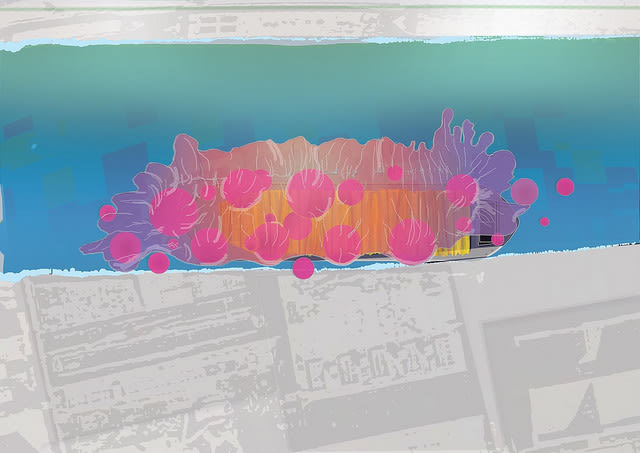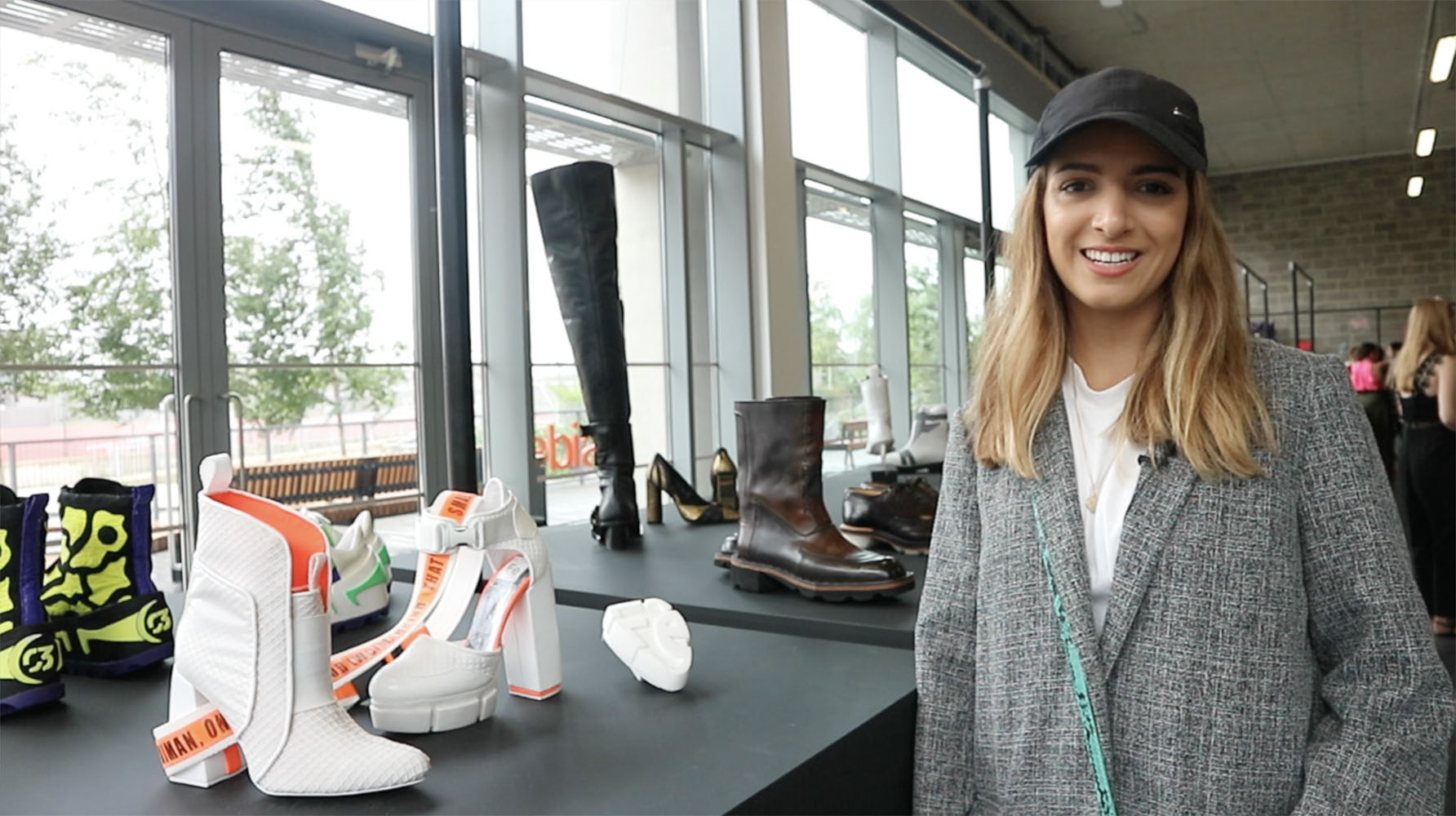
In the lead up to our 2018 MA Summer Show opening on 7 September, we’re catching up with some of our postgraduate alumni to find out what they have been up to since graduating.
Originally from South Wales, now residing in Islington, London, Owain Caruana-Davies graduated from MA Interior and Spatial Design in 2016 and has since been working on a range of art and design projects and teaching design and architecture in Canterbury.
We interviewed Owain to see how his time at Chelsea developed his practice and led to new opportunities.
What have you been working on since graduating?
Since graduating I have worked on a range of art and design projects including residential and commercial interior design. I’ve worked on some design competitions, art commissions and exhibitions. I also teach undergraduate and postgraduate interior design and architecture at Canterbury School of Architecture, University for the Creative Arts.
How has your practice developed since graduating?
My practice is continuing to develop since graduating from Chelsea. My research continues to explore within the space between art and architecture to develop interesting methods to combine these disciplines. For me, it’s important to keep pushing creative thinking through a varied set of methodologies.

What work/projects/exhibitions have you got coming up?
I currently have a group exhibition on at the Other Art Network, Other-Space Gallery, Kent.
I am also working collaboratively on a number of design competitions and some residential interior design projects in London.
How did your time at Chelsea push your practice? Did it challenge your ways in thinking in anyway?
My time at Chelsea was a significant part in challenging and pushing my practice forward. It allowed me to experiment and test ideas thoroughly. I was able to develop a deeper understanding of my own work and ways to communicate thoughts and complex proposals.
What projects did you collaborate on whilst at Chelsea and with whom? Did this lead to any further projects?
Whilst studying at Chelsea I collaborated on a number of projects with my peers including a spatial design proposal for Tate Exchange, based at Tate Modern, a documentation and site specific, immersive installation lead by Reader Dr. Ken Wilder at Corm, London.
I also took part in a site specific artwork and installation at LT Ranch, Lithuania – lead by Kristina Kotov.

What was unique about studying at Chelsea College of Arts?
Chelsea was an amazing environment to study where you are surrounded by a diverse range of creatives.
The size of the college is not too large, which is great because you would get to know familiar faces quickly. The architecture of the buildings and spaces at Chelsea are unique, being a former medical college the buildings reveal special moments and secret spaces alongside modern and professional facilities.
The Rootstein Hopkins Parade Ground is a great space to study, relax and meet people, especially in the warmer summer months.
The academic staff and technicians are very knowledgeable and supportive, they would always go the extra mile to help students enhance work to its full potential.
What was the most valuable thing you learned on the course?
Don’t be afraid to test ideas through making or drawing. It’s only when you start this process that your work will really develop.
In what ways did the summer shows enhance your practice? Did they lead to any new opportunities?
The summer shows were a great opportunity to network with industry professionals and also to learn about how to present you work and most importantly share your ideas.
The summer completion allowed me to take a step back and see my work from afar, I was able to critique it from afar, which lead to new thoughts and ideas that have developed my multidisciplinary practice.
What advice would you give to our graduating students?
Persistence, persistence, persistence.
Describe your time at Chelsea in 3 words
Supportive, challenging and empowering.
See more work on Owain’s website and Instagram
Explore work by more students at ChelseaDegreeShow.com
Find out more about this year’s MA Summer Show open 7 – 13 September.

